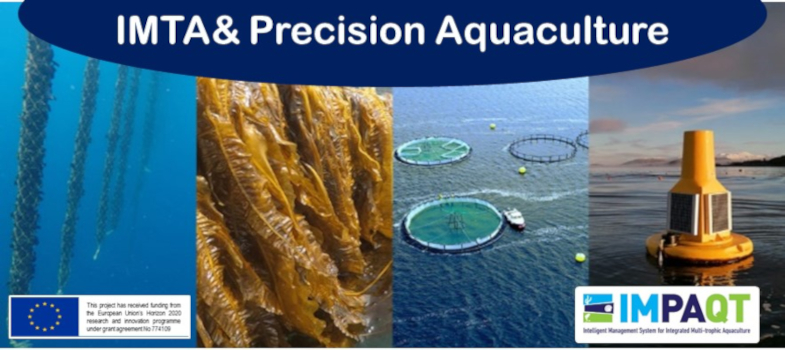Scallops
Scallops
Scallops are a well know bivalve filter feeder, which live in the sediment on the seafloor. Scallops feed on phytoplankton and detrital matter, similar to other species of filter feeders like oysters and mussels.
The King scallop (Pecten maximus) is found in the North-East Atlantic and is considered a high-value product in Europe, with over 87,875 tonnes produced annually primarily from dredges and trawling. Scallop fishing area management operates under strict quotes with a minimum conservation size of 110 mm of total length in the Irish Sea and in the Eastern English Channel and 100 mm in other fishing areas. (EUMOFA, 2018).
Consumer demand for the product is increasing, with an apparent consumption of 156,077 tonnes in the EU. This is reflected in an UK annual import balance of 87,130 tonnes and a 21% increase in value landings in 2019 (EUMOFA). Reductions on fisheries and significant management issues of wild-harvested scallop provide a niche market for aquaculture production.

Scallop have both benthic and pelagic stages in their lifecycle. The best natural spawning generally occurs in early summer months (April to July), but spawning is influenced by age, environmental conditions, and temperature. Scallops are hermaphroditic, with distinct gonads, which are red or orange in colour for the female gonad and white for the male. It is estimated that a three-year-old scallop releases 15–21 million oocytes per emission. The larval stage can be up to one month, before the settle down. They may live for more than 20 years and reach shell lengths of more than 200mm, growing faster in shallower waters. Growth varies with the season, giving concentric growth rings on the shell.

In aquaculture larvae or spat are collected and relocated for replenishing shellfish beds, at sea ranching, or on-growing in hatcheries. Reductions on fisheries and significant management issues of wild-harvested scallop provide a niche market for aquaculture production. European scallop aquaculture since 1970's is primarily concentrated along Atlantic coasts. According to FAO-Fishstat, the world aquaculture production of scallop was only about 37 tonnes in 2018.
Production in Asia is well established and adaptation of similar farming methods here could re-energise efforts to culture this high-value crop, not only as a food source but also as an extractive species in IMTA scenarios.
Methods of cultivation
Once ready for on-growing, there are many approaches to production, each with their own attributes and drawbacks. Depth, exposure, vessel size, handling capacity, and other such details will vary for each farm, and small-scale experiments may be necessary before scaling any operation.
Methods for production are nicely summarised in this publication - Methods and Materials for Aquaculture Production of Sea Scallops - https://seagrant.umaine.edu/wp-content/uploads/sites/467/2020/07/Scallop-Farming-Factsheet_508-ADA-Compliant.pdf .

Bottom cages, Pearl nets, Lantern nets, Suspension cages or Ear hanging are popular methods for mid-water culture. These structures are usually suspended in mid-water on longlines with appropriate buoyancy.
As with most shellfish extractive species site selection is crucial. Stocks will be affected by temperature, salinity, good water flow, and feed availability from the water column. In addition, site operators need to consider ease of access the site and landing area, local licensing and site usage, and frequency and degree of harmful algal blooms in the area.
As with all shellfish regular maintenance of structures, cleaning and grading is necessary to maximise yields from the crop. Utilising new on-growing technologies to minimise maintenance can reduce operator costs in farming.
There are a number of methods of farming:
- This YouTube video by Noal Farm in Japan nicely describes the growing process and harvesting of Japanese Scallops.
- This video from Maine gives a brief overview of sea scallop farming in Maine, UAS, on seed handling and bottom cage aquaculture
- Here a scallop farmer describes his scallop ranching practises in western Scotland, UK.
To find out more about the growing scallop farming sector in Maine, USA, have a read of this article - https://www.aquaculturealliance.org/advocate/maine-shellfish-farmers-gaining-confidence-with-scallops/
